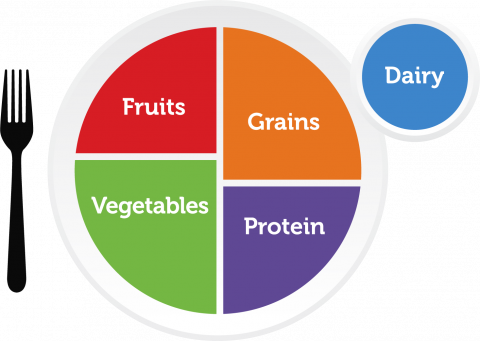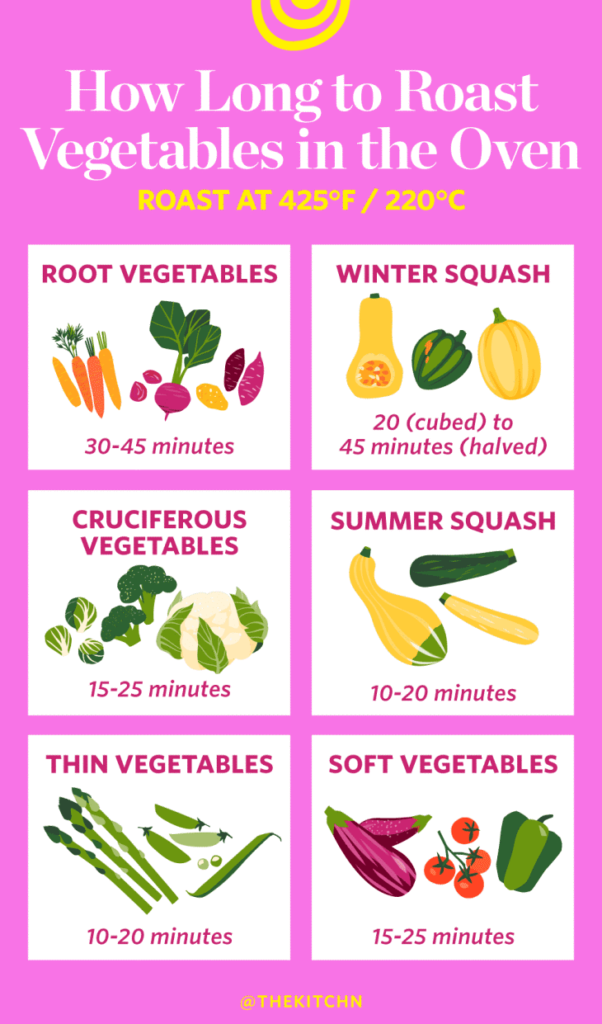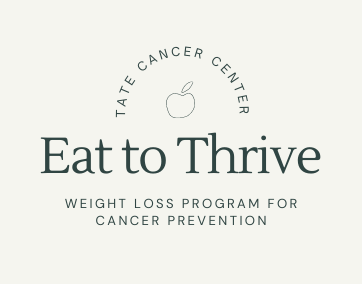Many of us are often told to eat a “good diet” in order to be healthy, but what does that really mean? Does that mean ordering the side salad instead of fries when I’m out to eat? Only buying organic foods at the grocery store? Avoiding my favorite foods altogether? It can be extremely confusing to begin a healthy
lifestyle when you have no idea where to start. The following guide will take you along how to build achievable healthy habits in your own home because, after all, the home is at the crux of everything in your life, and a healthier home will inevitably lead to a healthier YOU.
First, let’s discuss your why. Why do you want to start on this journey to a healthier lifestyle? Figuring this out will be the most important part of your journey because changing your
current eating behaviors will require stepping outside of the comfort of your current routine. In order to push yourself to this discomfort, you need to have determination and passion for change. So, here are 3 examples of why healthy
eating is worth the discomfort:
1. Health benefits: Diets high in fruits, vegetables, and whole grains can lower the risk of many chronic diseases, including heart disease, diabetes, and cancer.
2. Emotional/cognitive benefits: Healthy eating improves concentration, mood, energy levels, and overall well-being.
3. Economic benefits: Preventing obesity through diet is a great way to cut costs on future medical bills.
Once you have a concrete “why,” try to determine what’s keeping you from eating healthy now. Of course, lack of education is a factor in why some are unable to choose a healthy diet, but for many of us, it is misperceptions of healthy eating that keep us from trying at all. Some of these barriers (Dave et al., 2017) might include:
o Lack of time to prepare meals
o Lack of cooking skills
o Convenience of eating fast food or
pre-prepared meals
o Taste preferences
o Cost of health foods
While these are valid concerns, the following tips should help to ease some of these fears of healthy eating from home.
Grocery shopping
Let’s begin with where it all starts – grocery shopping. Stocking the home with fresh produce, whole grains, nuts, and lean proteins will ensure success in your health and wellness journey. But before you even go to the store, you need a menu for the upcoming week so that you can have structure to your shopping, which
also will help to save money.
Meal Planning
One study surveying over 40,000 French adults found that meal planning was associated with lower odds of being overweight or obese and better overall adherence to nutrition guidelines (Ducrot et al., 2017). Start by sitting down and mapping out your week. Decide how many meals you need to plan. Are you cooking for yourself or the whole family? Do you have any social obligations where you won’t be eating at your house? It may help to use a meal planner template like the one shown below when you’re first starting.

Some tips for choosing meals:
– Focus on whole foods. Try avoiding heavily processed foods as best as possible.
– Use the MyPlate proportions. Try to loosely follow these guidelines: half of your plate should be made up of fruits and vegetables, and the other half made up of grains and protein, plus a side or smaller portion of dairy.

– Use online resources. When in doubt, there are plenty of blogs and recipe indexes where you can find delicious recipes!
Now that you have a plan in place, let’s get to shopping! Sounds easy, right? Well, putting our money where our mouth is can get… well, expensive. Here are a few tips and tricks to help navigate grocery stores on a budget:
1. If it’s not on your list, don’t buy it. If you don’t have a specific plan for the food, it will likely go to waste. Instead, try jotting it down on a piece of paper or in your Notes app to consider for next week’s meals!
2. Shop in-season produce. Fruits and vegetable cost less when they are in season, so try to work your meals around these foods! You can also support your local farmers by doing so.
3. Choose a vegetarian option. Meats and seafood are often the most expensive items on your grocery receipt. Try swapping out one meat a week for a vegetarian protein, such as beans, legumes, eggs, or cottage cheese. Canned tuna or salmon are also inexpensive protein options.
Cooking at Home
Now that you have your groceries, it’s time to start cooking! Research shows that cooking at home is associated with greater consumption of fresh produce, improved diet quality, and reduced monetary expenses (Tiwari et al., 2017). While eating out at restaurants is convenient, you don’t know what’s going into the food there. Those meals are
typically loaded with hidden sodium, sugars, and fats. It’s also not the most cost-friendly option! A lot of people, however, choose this because they don’t know how to cook their own healthy meals. While this can be a daunting task, it’s important to remember you don’t have to be Bobby Flay to use the kitchen for a satisfying meal! It’s extremely feasible to cook a delicious meal in 20-30 minutes, or even less if you do some batch preparation ahead of time.
Many people are unaware of ways to prepare vegetables, so outlined below is a few cooking techniques to incorporate in your meals.
Steaming: If you don’t have a steamer, you can place about an inch of water in a pot, let it come to a boil, put in your vegetables, and place the lid on the pot. Let that simmer until the vegetables are tender.
Sautéing: This is when you cook your vegetables in a small amount of oil, or just water, in a pan on medium to high heat, stirring occasionally until they are cooked the way you like them.
Roasting: This is another common method, where you line a baking sheet with foil or parchment paper, put your food on with oil and seasonings, and place in the oven.

Try experimenting with these different methods and see what you like best for different vegetables! Comment below YOUR favorite way to cook vegetables, favorite healthy recipe, or favorite grocery shopping hack.
References
Ducrot, P., Méjean, C., Aroumougame, V., Ibanez, G., Alles, B., Kesse-Guyot, E., Hercberg, S., and Peneau, S. (2017). Meal planning is associated with food variety, diet quality and body weight status in a large sample of French adults. Int J Behav Nutr Phys Act 14(12). https://doi.org/10.1186/s12966-017-0461-7
Tiwari, A., Aggarwal, A., Tang, W., and Drewnowski, A. (2017). Cooking at home: A strategy to comply with U.S. dietary guidelines at no extra cost. American Journal of Preventive Medicine 52(5):614-624. https://doi.org/10.1016/j.amepre.2017.01.017
